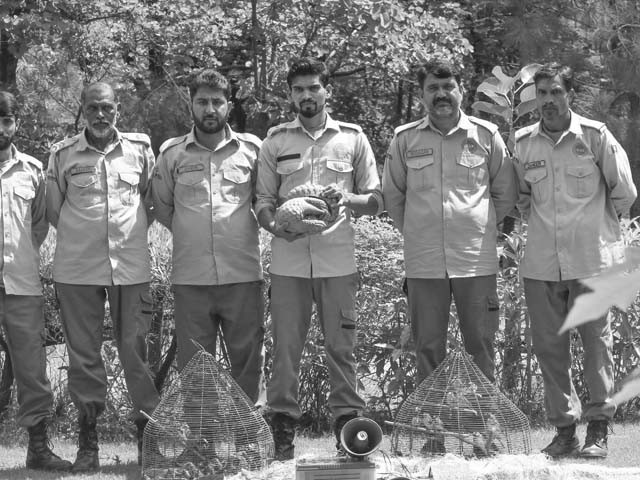
The Islamabad Wildlife Management Board’s quest for ecosystem restoration
As we get ready to celebrate World Environment Day on June 5th, as the global host I’m glad that the Islamabad Wildlife Management Board (IWMB) was able to help with the rescue of an Asiatic Black Bear cub called Daboo. He is a 3-4 months old bear cub poached from a forest in Azad Kashmir, where his mother was killed when he was just a little baby. He was brought to Rawalpindi and rescued from a terrible future in “bear baiting” or “bear dancing” by animal lovers. Bear baiting is a cruel practice that has been banned but still continues illegally in the Punjab in rural areas. Daboo was in bad shape with his ears cut and needed urgent and sustained medical attention and care.

He was then seized by the Punjab Wildlife Department and sent to Lahore Zoo where he would have been caged and put on display. However, determined animal rights activists started a campaign to get him to us at the IWMB. Two days ago, he was handed into our care and we hope to find him the best possible permanent home when he is bit older. Black bear populations in Pakistan’s mountains are declining due to poaching and loss of habitat. Every bear we save is precious.
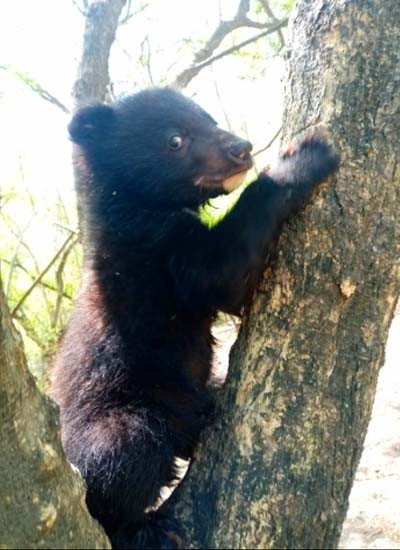
The theme of World Environment Day 2021 this year is in fact, ‘Ecosystem Restoration’ with focus on a campaign to ‘Reimagine. Recreate. Restore’. Ecosystem restoration is about recovering degraded or destroyed ecosystems and also conserving healthy ecosystems and the incredible wildlife that live in them like the Black Bears of Pakistan.
Inger Andersen, Executive Director of the United Nations Environment Programme notes:
“We can reverse the damage that we’ve done; we can be the first generation to reimagine, to recreate and to restore nature to kickstart action for a better world”.
Pakistan has already launched restoration initiatives like the Ten Billion Tree Tsunami Project and successfully implemented the Billion Tree project in KP for which it was selected as this year’s host for World Environment Day. June 5th will also mark the launch of the UN Decade on Ecosystem Restoration (2021-2030).
The 10 Billion Tree Tsunami Project has a wildlife and protected areas component and is now funding 15 National Parks in Pakistan including the Margallah Hills National Park, spread over 174 square km in the capital city.
Islamabad is perhaps the only capital in the world that has a thick natural forest right inside it. IWMB are the legal custodians of the Margallah Hills National Park (MHNP) and we also look after other wildlife concerns in the capital including the upcoming Margallah Wildlife Centre, which will have a badly needed animal rescue facility. IWMB is a government body that comes under the federal Ministry of Climate Change.
Over the years many parts of MHNP have degraded – and in fact one can see invasive species like Lantana growing and expanding. But nature is remarkably efficient and when you remove the Lantana the indigenous species like Kachnar start regenerating in no time at all. The park also faces a massive plastic litter problem despite a ban on plastics inside the park and requires constant cleaning, especially on the trails and the picnic points. IWMB’s 1979 Wildlife Ordinance is weak and a new Nature and Wildlife Management Act has been drafted, which will give us powers to fine people directly (for littering and cutting trees etc) and charge visitor entrance fees to the park once it is passed by parliament.
We noticed this year that Trail Number 6, which we shut to the public because of the movement of Common leopards, has regenerated simply because there was little or no human presence on the trail. In fact earlier this year we shared many pictures taken from camera traps of the leopard called Shezadi which became viral as the public was fascinated by her presence so close to a busy city.
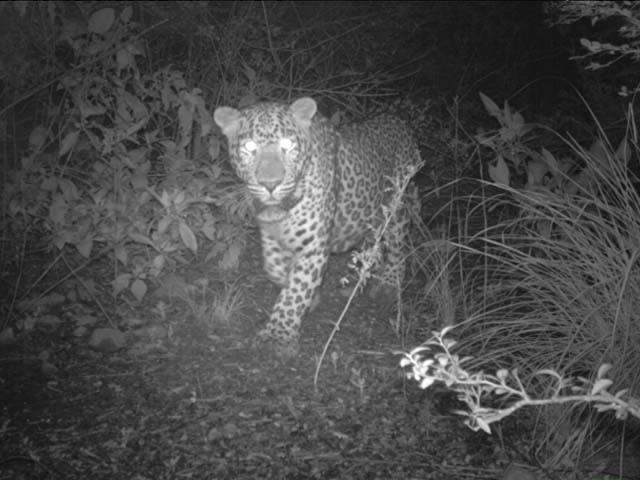
The popular Trail 3 is heavily degraded now because of the steady stream of visitors that come in every season. The once pristine Trail 5 is now also being impacted, especially its bird nesting areas as more and more visitors come for hiking due to its easy access and wander off the marked trails. Barbeques are banned inside the park and all plastic bags etc. must be deposited at the entrance to the trails and yet people find side entrances into the park. No one seems to respect the signs to not litter or smoke inside the park. We need to start teaching in schools how to treat wilderness areas with the sanctity they deserve.
My favourite Trail 6 is covered with a canopy of indigenous trees and dotted with flowing streams. One feels one has entered into an enchanted green wonderland – surrounded by dense forest, bubbling brooks and the songs of birds. This is what the Japanese refer to as “forest bathing”. Sometimes I think maybe this trail should just be shut permanently – but surely humans can find a way to live in harmony with nature?
The MHNP was declared a national park in 1980, and also affirmed as a wildlife sanctuary. Local wildlife species include the Barking deer, the Khaleej pheasant and the Common leopard. This status strictly prohibits any commercial activity and new settlement in the area. But a chain of hotels (approved by the Capital Development Authority-CDA), new roads and the growth of the local villages inside the park (all 23 of them with a combined population of 150,000 people) are now eating away at its habitat.
The local villagers also continue to cut trees and branches for firewood in winters. We are now planning to install cameras inside the park and use drone surveillance. Currently there are only around 50 IWMB forest rangers protecting the park. They are patrolling the core area 24/7 these days due to fire season as 85% of the fires recently lit inside the park are done so by disgruntled villagers who don’t get the daily wager jobs as fire fighters with CDA during dry season. This is in fact a recurring problem every year from end April until June 30th.
Illegal urban encroachments, poaching, and tree chopping are the major pressures on the ecosystem of the park. CDA has allowed the construction of hotels who dump their waste into the park and plus they have expanded the Saidpur village illegally. Saidpur was supposed to be a model village with a few old houses but today it is a sprawling concrete settlement.
IWMB was set up for the protection, conservation and management of the Margallah Hills National Park by the Islamabad High Court in 2015 after the hearing of different petitions about the miserable condition of the national park. A lot of progress has been made in the last five years but so much more needs to be done. We plan on recruiting more guards, building more check posts and implementing a proper management plan.
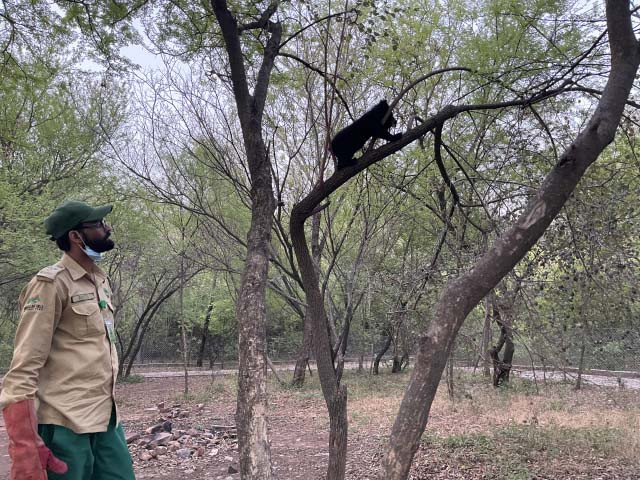
We need Islamabad’s citizens to care about the park and invest in its protection. Already so many people enjoy its diverse hiking trails. I am heartened, however, by the number of young people who want to volunteer their time to help us clean the park and safeguard it against fires. Let’s be the generation that makes the change and lives in peace with the natural world.
All photos courtesy of the author.



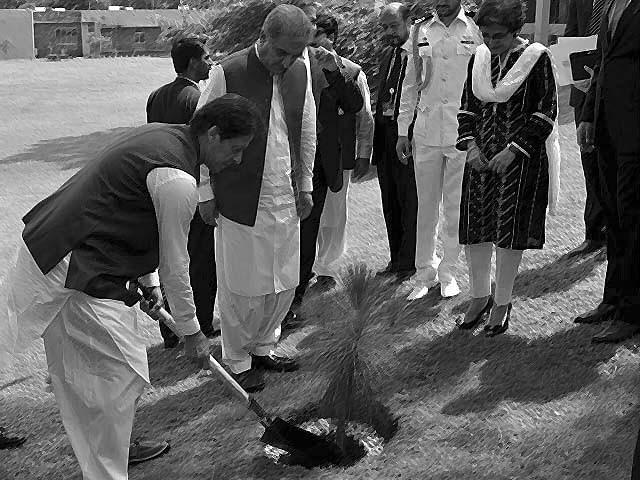
COMMENTS
Comments are moderated and generally will be posted if they are on-topic and not abusive.
For more information, please see our Comments FAQ